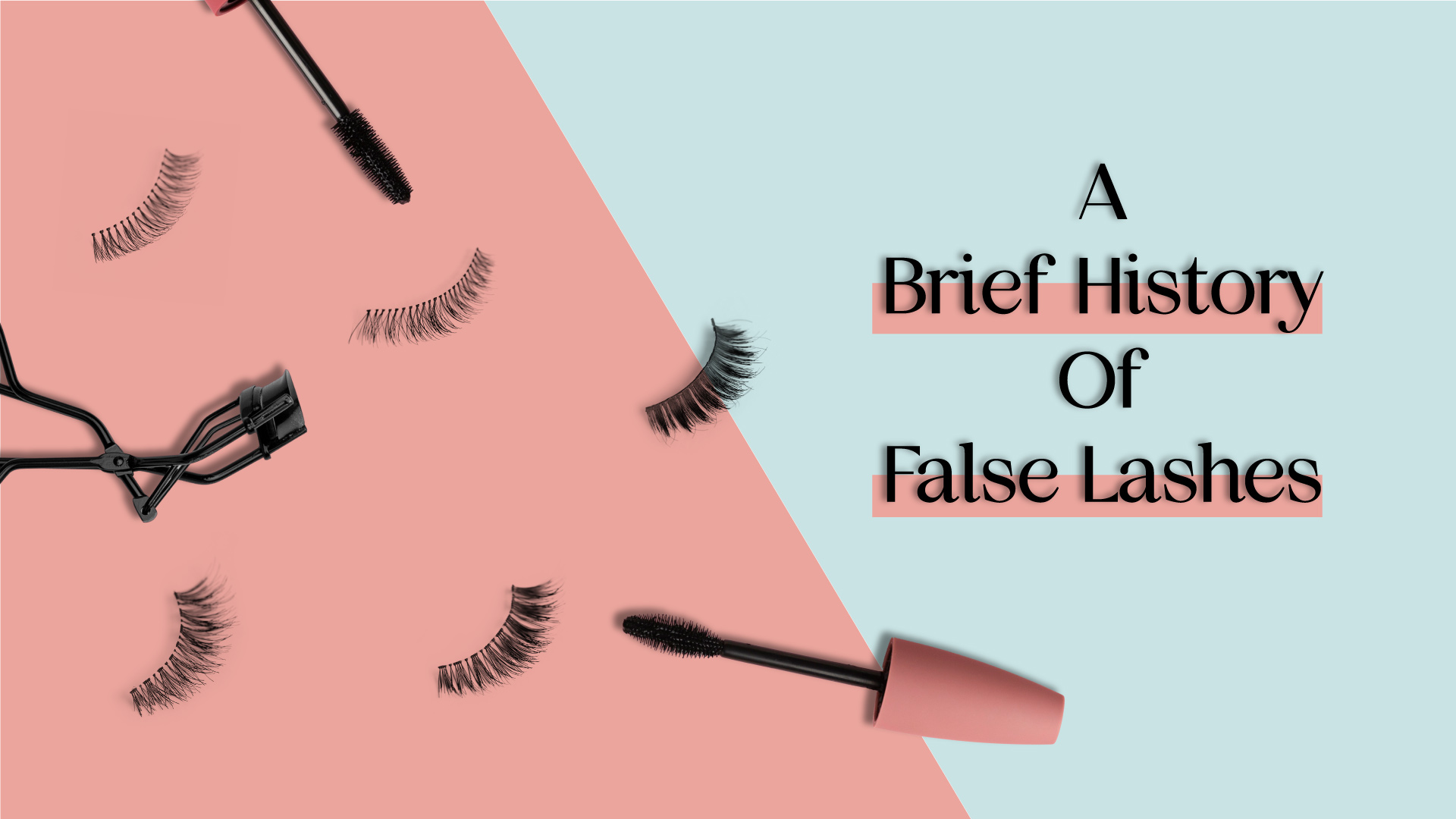The History Behind Faux Lashes
Fluttering Through History: The Story Behind Faux Lashes
Faux lashes, known as falsies, are a great example of less is more; something that might seem like a small detail to one’s attire can bring a high-end feel to your look. But where did falsies start? Who thought of it & how did they become so mainstream? Let’s answer all these questions in today’s blog.
The Beginning
The first reported mentions of false eyelashes were seen in 1882 when the only way to apply them was to have them sewn into your eyelids *big ouch*. Other methods involved transplanting eyelashes to your lids and using glue. In 1916, while filming, a director wanted the actress to have lashes “long enough to brush her cheeks. To bring this vision to life, a local wig maker used human hair woven through fine gauze to create the basic prototype of false lashes. This marked the birth of false eyelashes.
In 1911, a Canadian woman named Anna Taylor patented an artificial eyelash design in the United States. Her invention, which involved a crescent of fabric implanted with tiny hairs, laid the groundwork for what would become the modern false eyelash. Taylor’s contribution, often overlooked, was crucial in transforming false lashes from a film prop into a wearable accessory.
Mainstream Influence
The real turning point for false lashes came in the swinging sixties. With cultural icons like Twiggy and Brigitte Bardot showcasing thick, dramatic lashes, the trend exploded. False eyelashes became synonymous with the fashion and beauty ideals of the era. They were no longer just a tool for movie stars but an everyday accessory for women wanting to emulate the doe-eyed look that dominated the decade. From the 1950s until today, false lashes have been on a favorable scale of success. Over the years, prominent pop culture figures used falsies as part of their artistic expression and normalized the use of falsies as part of daily life.
The Evolution
The impact of false eyelashes extends beyond mere aesthetics. They have played a role in the broader conversation about beauty standards and self-expression. With the rise of the feminist movement, lashes were sometimes criticized as symbols of the unrealistic beauty standards imposed on women. However, they have also been embraced as a tool for self-expression and empowerment, allowing individuals to assert their identity and style. Today, faux lashes can make anyone feel their best, even if it means elevating a bare-faced look. Lashes also transcend gender roles and are being increasingly used by men, women & people across the LBTQIA+ community, making it a symbol of inclusivity.
Today, the false eyelash industry is a multi-billion dollar enterprise, with innovations like magnetic lashes and many styles catering to diverse tastes and needs. They are more than just a beauty tool; they are a fashion statement, a means of expression, and, for many, a confidence booster. As we trace the journey of false lashes from a movie director’s ambitious vision to a staple in beauty kits worldwide, it’s clear that they are not just an accessory but a testament to how beauty and fashion evolve, reflecting and shaping the culture they emerge from, while also allowing you to express and evolve yourself. Explore the world of luscious lashes and pick the one that fits your mood best; check out uroparis.com and get your lashes.







